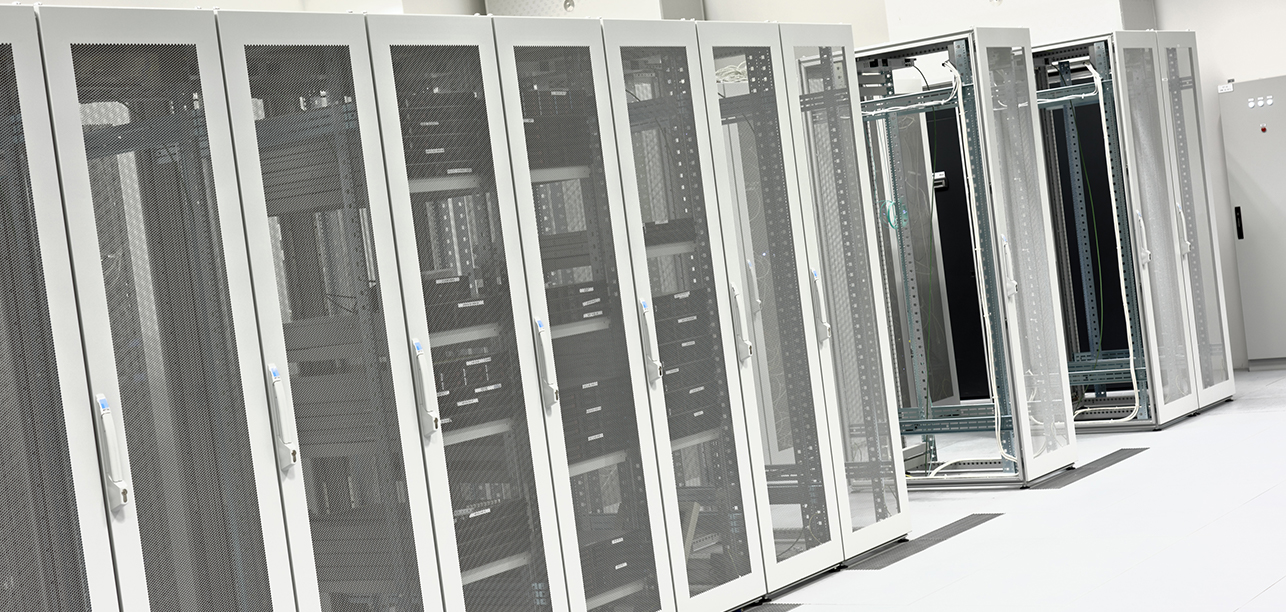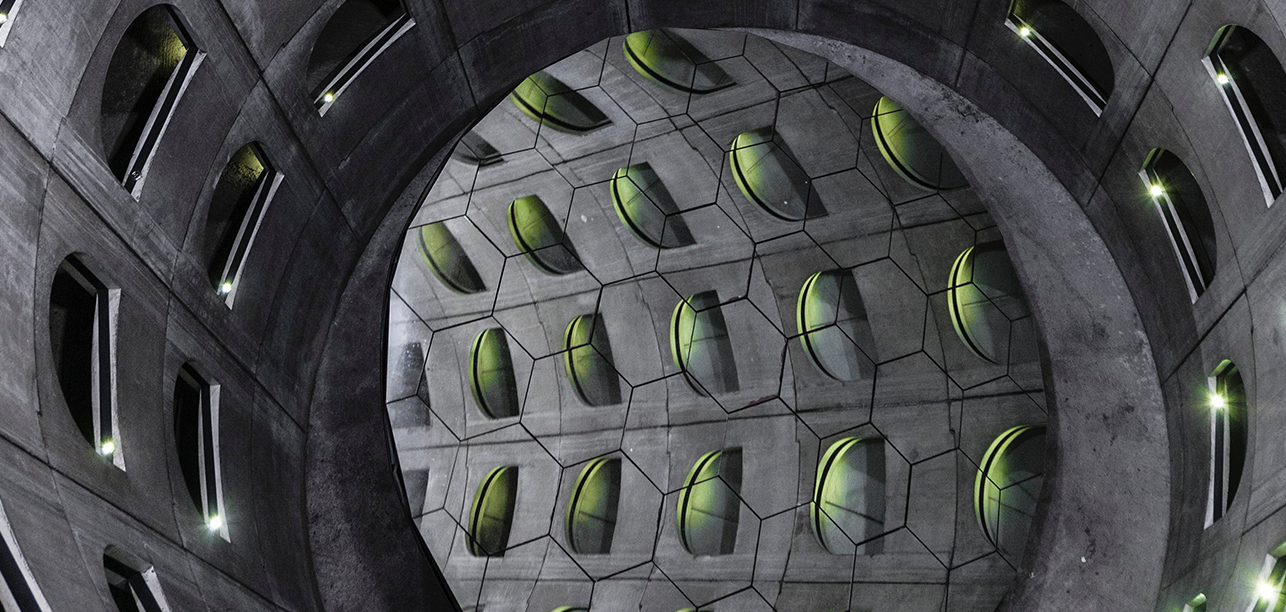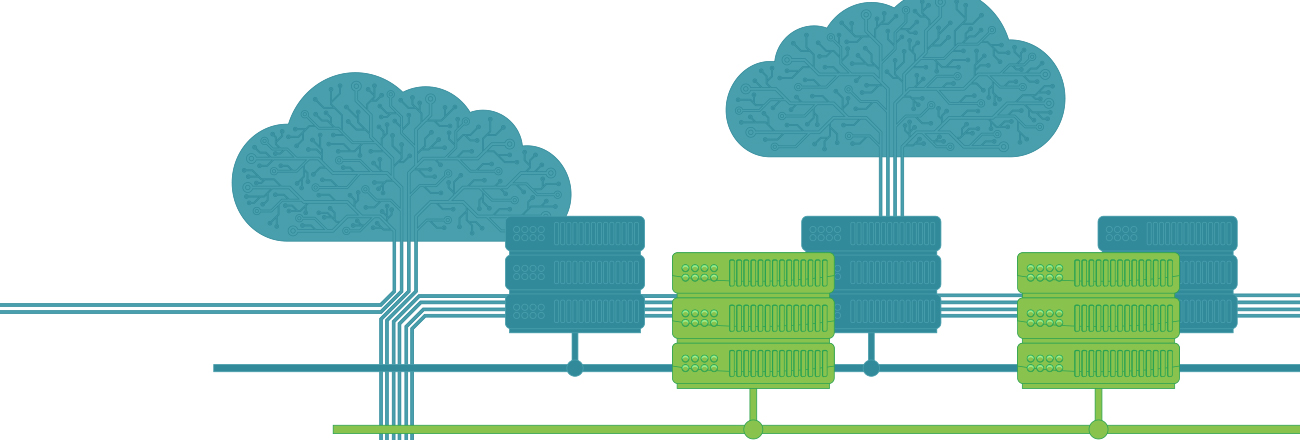Month: March 2012

 Of course everyone is talking about cloud and the latest trends, but have you seen what’s being written about the developments in mobile applications? I was browsing the Internet and discovered a bunch of articles about this, that and the other iPhone, iPad, Android and Blackberry apps.
Of course everyone is talking about cloud and the latest trends, but have you seen what’s being written about the developments in mobile applications? I was browsing the Internet and discovered a bunch of articles about this, that and the other iPhone, iPad, Android and Blackberry apps.
I’m not just referencing the light social or game apps, I’m talking heavy-duty IT apps hitting mobile platforms.
Case in point:
- Mobile App Development: Web or Native, That Is the Question
- 3 considerations guiding SMB mobile app development
- The top 25 iPhone and iPad apps for business
- Escape the App Store: 4 ways to create smartphone Web apps
- Are we ready to support 50 billion devices on the Internet?
So next time you are looking for a business-critical app, don’t be surprised to find a mobile version.
Explore HorizonIQ
Bare Metal
LEARN MORE

 It’s day two after a long anticipated move, and Internap employees are settled-in to our brand new diggs. The move from our downtown Atlanta facility to just outside the perimeter is a welcome change for most employees, decreasing travel times and traffic headaches. The Ravinia location also offers more space for our rapidly growing organization, but not just for employees. The former office headquarters, which is contiguous to the existing Atlanta data center, will be transformed into raised floor data center space, giving Internap customers the option for more square footage within the same facility.
It’s day two after a long anticipated move, and Internap employees are settled-in to our brand new diggs. The move from our downtown Atlanta facility to just outside the perimeter is a welcome change for most employees, decreasing travel times and traffic headaches. The Ravinia location also offers more space for our rapidly growing organization, but not just for employees. The former office headquarters, which is contiguous to the existing Atlanta data center, will be transformed into raised floor data center space, giving Internap customers the option for more square footage within the same facility.
On par with recent data center growth as a whole, Internap has been on a mission to offer more, and upgraded, data center space in popular markets including expansions in Boston in addition to Atlanta, and new facilities in Dallas and Los Angeles. According to Data Center Dynamics, growth in facility profile is expected to increase by 3% in the United States this year, while investments in upgrades to existing data center stock will reach $9.3 billion in 2012.
So what does this mean for you? New and improved data center space within the same facility means you don’t have to move your existing infrastructure − instead we are keeping pace with your growth. And considering our facilities are built with scalability in mind, you won’t run out of power capacity either. We are proud to say our state-of-the-art facilities offer up to 12KW power draw at the rack level.
Overall we think this plan is win-win for customers and employees alike. How about you?
Read more on our Atlanta data center services expansion and corporate headquarters relocation.
Explore HorizonIQ
Bare Metal
LEARN MORE

 Lately there has been a lot of talk about going green and energy efficiency efforts. Going green has become a top priority for businesses, and data center operators are no exception. For example, Internap recently received several accolades including a Green Globes award for our Dallas data center and LEED certification at our Santa Clara facility. Green initiatives, in many cases, have not only benefited the environment but have stretched the imaginations of data center designers to think outside the box.
Lately there has been a lot of talk about going green and energy efficiency efforts. Going green has become a top priority for businesses, and data center operators are no exception. For example, Internap recently received several accolades including a Green Globes award for our Dallas data center and LEED certification at our Santa Clara facility. Green initiatives, in many cases, have not only benefited the environment but have stretched the imaginations of data center designers to think outside the box.
Changes in initial data center design and build out is a great example of efficiency changes in the industry. For example, by using recycled water for data center cooling in Santa Clara – effectively reclaiming water not suitable for drinking – more potable water is made available for public consumption. These efforts are especially critical during drought conditions. In addition, Internap uses outside air for cooling in its Seattle and Boston locations where the climate is considerably cooler and outside air is more often than not below the temperature required to cool a data center.
Across the pond we’ve seen a number of changes in using renewable resources to power data centers that are just as innovative. One interesting example that’s been gaining notoriety can be seen in Norway’s fjord-cooled data center. This is “cool” in more ways than one. The data center is being built in a former NATO ammunitions bunker carved into the side of a mountain that sits next to a fjord. A growing number of data centers are using water directly from the earth’s reservoirs, lakes, rivers and even fjords for their cooling efforts. Now that’s cool.
Whether it’s by using outside air, alternative water sources or even by way of glaciers, going green continues to break the rules of traditional data center design. Sure, it’s not easy going green, but it’s the right thing to do, and all data center providers should be looking at ways to economize their data centers for the future. I can’t wait to see what we think of next.
Is green a “must have” for your IT Infrastructure needs?
Check out our eBook for more information on sustainability best practices and choosing a data center colocation provider.
Explore HorizonIQ
Bare Metal
LEARN MORE

I responded to a question on Quora a few weeks ago that asked how enterprises separated premium data centers from some of the “bargain” options on the market. In short: experienced data center buyers take the time to understand a service providers’ performance track record.
 Most performance issues can be lumped into three silos: reliability and uptime, power and connectivity availability, and support and communication. In terms of reliability, larger companies tend to look for providers that have N+1 (what is needed + 1 spare) architecture designs across power, cooling and connectivity. In addition, they ask that the data center be “concurrently maintainable,” essentially meaning that the data center can perform major maintenance across critical components without having to take the facility offline. They also frequently ask the company or data center manager to provide uptime and maintenance records and procedures.
Most performance issues can be lumped into three silos: reliability and uptime, power and connectivity availability, and support and communication. In terms of reliability, larger companies tend to look for providers that have N+1 (what is needed + 1 spare) architecture designs across power, cooling and connectivity. In addition, they ask that the data center be “concurrently maintainable,” essentially meaning that the data center can perform major maintenance across critical components without having to take the facility offline. They also frequently ask the company or data center manager to provide uptime and maintenance records and procedures.
For power, large companies look for lots of headroom incase they want to increase cab density from two or three kilowatts to 12 kW somewhere down the line. This gives them the ability to “upgrade in place” in the future without moving to a new footprint or an entirely new data center.
Connectivity density is also important. Some legacy telco data centers or “mom and pops” will simply have one backbone choice which really hurts if that carrier happens to goes down (either at the loop or closer to the core). The best-case scenario is a good mix of transit or peering options and fiber providers with route optimization capabilities.
Finally, larger companies look for excellent support. A provider with multiple Network Operations Centers (NOCs) in-house is preferable. When they call the NOC with an issue they also want to be sure they are speaking with a certified engineer instead of a ticket-taker. They look for facilities with 24/7 on-site engineers (imagine this scenario: something goes wrong at the data center, the offsite engineer gets a call from the NOC [maybe], has to drive 30 minutes to get to the facility, and THEN tries to fix the problem). And last, but certainly not least, they want to be notified of any network events or outages. Some providers say “100% SLA” and then never tell you there was a problem. Larger companies are going to be on the lookout for proactive notification AND crediting.
From there, the choice depends on the size of the deployment, location and a specific use case. For more than 500kW of power, a wholesale provider (Digital Realty, Vantage, Dupont Fabros) might provide a more economical solution. Otherwise a deployment of one to 100 racks (~<500kW) in a retail colocation facility like Internap is likely a better option because all the support is taken care of, including environmental monitoring, security and maintenance from the shell all the way to the rack and remote hands. If more flexibility is needed (with more opex/less capex) managed hosting, dedicated hosting, and cloud are all great options.
Explore HorizonIQ
Bare Metal
LEARN MORE


With the recent devastating tornadoes in Georgia and other states, I am reminded how fragile infrastructure really is and more importantly how lives can literally change in an instant. Not only do we need to consider our personal safety and have a plan in place, should Mother Nature strike, but common sense tells us we should have the same in place for our business.
According to a recent article: Data Center Changes Driven by Several Factors, the explosion of Internet usage and (pardon the pun) storm of data, not to mention its increasing importance to enterprises, has caused sharp demand spikes and a need to rapidly build out capacity. But that has come at a cost to some who failed to reject a facility site for a new data center because of excessive risk factors.
Whether you are considering disaster-recovery, business continuity or other potential catastrophic prevention plans, it goes without saying, it’s wise to be prepared. Could your data center take a direct hit by an earthquake, flood, high winds, hurricane, ice storm or other severe event? What measures have been taken to mitigate natural disaster risks by your data center provider?
Things to keep in mind — security, services and facilities considerations when looking for a data center provider — is the focus of my mashup this week.
- Data Center Site Selection Factors
- Top Four IT Security Trends to Master in 2012
- New Locations on the Rise in APAC Data Center Market
- Power Considerations in Siting Data Centers
- Location Selection Criteria for Data Centers
Finally, there is a handy eBook, a Colocation Buyer’s Guide, available from us (free) if you are interested in learning more. Thanks for reading and see you here next Wednesday! If you want me to cover something in particular, please leave a comment.
Explore HorizonIQ
Bare Metal
LEARN MORE

 Video content across the Internet is growing by leaps and bounds as marketers discover its engaging and interactive qualities. One hundred and eighty-one million watched 40 billion online videos in January 2012 alone. Internet-based video will continue to grow with the use of HD video content becoming mainstream by 2015. In fact, Cisco predicts HD video will account for 77% of video-on-demand by 2015. The bottom line? Video is here to stay, but if you plan to use it, you must find a way to deliver it quickly and reliably.
Video content across the Internet is growing by leaps and bounds as marketers discover its engaging and interactive qualities. One hundred and eighty-one million watched 40 billion online videos in January 2012 alone. Internet-based video will continue to grow with the use of HD video content becoming mainstream by 2015. In fact, Cisco predicts HD video will account for 77% of video-on-demand by 2015. The bottom line? Video is here to stay, but if you plan to use it, you must find a way to deliver it quickly and reliably.
Which leads me to mobility. In the very near future, the majority of Web browsing will be done on mobile devices, and yet alarmingly few businesses are delivering satisfying mobile experiences. “Desktop thinking” just doesn’t work in the bandwidth-challenged mobile environment. Smart phone usage is up 150% over the last two years while it is estimated that mobile users will consume over 3+ million terabytes worth of video traffic on mobile devices by 2015.
If your customers aren’t already asking for content delivery on their phones or tablets, they will be soon. Your edge is delivering accelerated, high-resolution, live and on-demand streaming with little to no lag time.
What are your plans for web content delivery to mobile devices?
Read our CDN Buyer’s Guide to learn how to create a strategy for delivering rich media to any device.
Explore HorizonIQ
Bare Metal
LEARN MORE

Is your CDN service provider giving you the red-carpet treatment?
 Content delivery is a complex challenge. These networks aren’t simple, especially when you tie in complementary technologies like WAN Optimization. Granted, it’s a cliché to point out that you want good customer service (everyone wants low prices and good service for everything), but in the case of Content Delivery Networks (CDNs), the level of customer service merits some vetting. For example, Jolokia Networks, a provider of hosting, streaming and IT services, was seeking to improve delivery solutions for live and on-demand rich media, as well as dynamic content, for its customers.
Content delivery is a complex challenge. These networks aren’t simple, especially when you tie in complementary technologies like WAN Optimization. Granted, it’s a cliché to point out that you want good customer service (everyone wants low prices and good service for everything), but in the case of Content Delivery Networks (CDNs), the level of customer service merits some vetting. For example, Jolokia Networks, a provider of hosting, streaming and IT services, was seeking to improve delivery solutions for live and on-demand rich media, as well as dynamic content, for its customers.
When Mark Pace, Jolokia’s CTO, began weighing his CDN options, customer service was one of the key selection criteria in choosing Internap’s CDN. Pace said in a recent interview with Datamation, “This is a hugely complex technology, and you need a partner who can help you when something goes wrong,” Pace said. He added that over the years, with Jolokia and at other companies, he’d tried other CDN services, and unless you’re a major customer, support could be sketchy. “I’ve been through Akamai, Limelight and Speedera,” he said. “I didn’t feel the love from them. We’re not a huge company, so we don’t get the red-carpet treatment.” In contrast, Pace lauds Internap for its responsive, individualized support. For a company like Jolokia, which resells the content delivery service, support is even more important, since Jolokia may be blamed for problems they have no control over. This is true as well when the problem is on the customer’s end. “You can’t just blame the customer for doing something wrong,” he said – which in fact happens all the time. “If it’s your fault, you need to own up to it. If it’s your customer’s fault, you provide evidence, and then you must work with them to help them fix it.” Pace recalled a customer having problems with video delivery due to network saturation issues. Internap helped with the post-mortem, and Jolokia was able to point to logs showing saturated routers. Then, they helped the customer tweak their encoder and set up QoS rules, transforming their frustrated customer into a happy, loyal one.
How has your CDN service provider been treating you lately?
Read more about how Jolokia selected Internap as their CDN provider.
Explore HorizonIQ
Bare Metal
LEARN MORE

 I love it when my work and home lives collide around a lesson. In my free time, I like to run. When I get the chance, I read a number of running blogs and magazines. I recently ran across an article that discusses how specialty running shoe stores have had to evolve to survive. At the time, I couldn’t help but think how well it synced up with the commoditization post I wrote a few months ago. Here is a completely different setting, but the message seems to ring true − commoditization forces service providers overall to tune their solutions to meet the needs of the target audience.
I love it when my work and home lives collide around a lesson. In my free time, I like to run. When I get the chance, I read a number of running blogs and magazines. I recently ran across an article that discusses how specialty running shoe stores have had to evolve to survive. At the time, I couldn’t help but think how well it synced up with the commoditization post I wrote a few months ago. Here is a completely different setting, but the message seems to ring true − commoditization forces service providers overall to tune their solutions to meet the needs of the target audience.
Tuning an offer to meet a target audience is never simple. Information is never perfect and time is always a factor. Broadly, though you can establish a framework. The running shoe article establishes a spectrum of price versus service. I don’t think that’s unfair way to look at differences. Price always seems to be on one end of the spectrum and service/quality is a fair stand-in concept for the other. I make that same decision in almost everything I do in every aspect of my life every day. It influences the car I drive, the gas I buy, the television I watch, etc.
It’s an incredibly personal thing. I remember an article in Outside Magazine where Laird Hamilton remarked something about how amazed he was how many people sat down in front of a $3000 TV and ate a $3 cheeseburger. Vastly different priorities rule our world. For me, the more central to who I am that a thing is, the more critical it is to me, the more time, research and ultimately, money, I spend on it. So when I think of my target audience for colocation services, it’s the people who are serious about their business; the people for whom availability is critical; the people who intend to grow; the people who understand that when I started talking about my target audience actually being people, they appreciated it.
What was the big differentiator for you in your last IT purchase?
For more information on what makes Internap colocation different from the rest visit our colocation features page.


